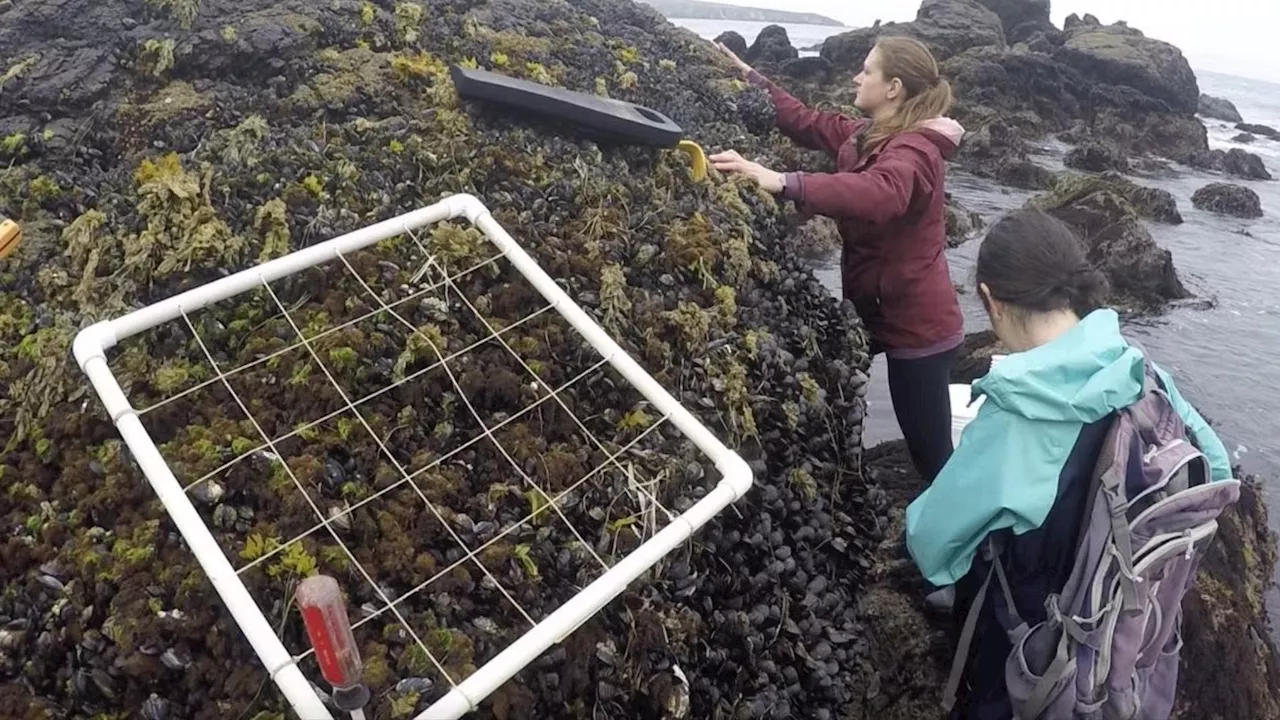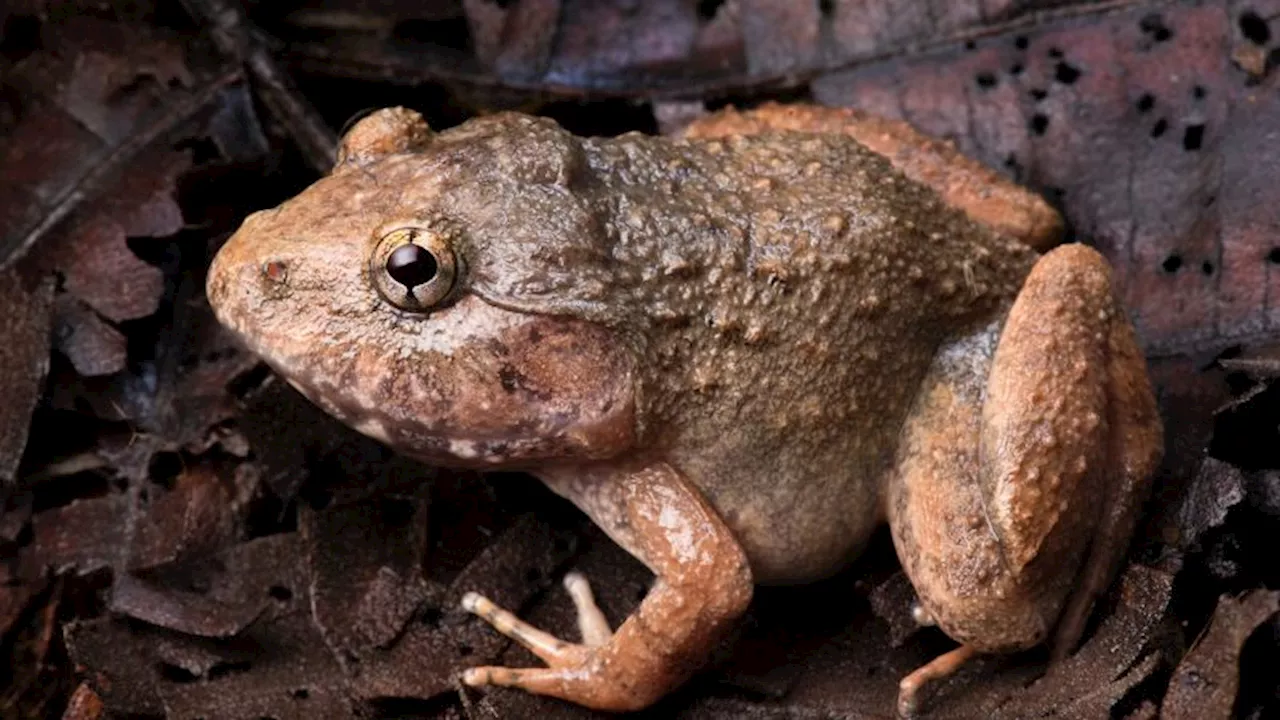A new study reveals that plant diversity in restored wetlands remains significantly lower than in undisturbed areas even after 20 years. The findings challenge the assumption that wetland restoration effectively recovers original biodiversity and highlight the need for more effective strategies. Meanwhile, other research investigates alternative approaches to promoting biodiversity in agricultural landscapes, questioning the exclusive focus on organic farming and identifying specific locations where targeted nitrogen reduction efforts could yield positive results.
Twenty years on, biodiversity struggles to take root in restored wetlands. Human activities such as marsh draining for agriculture are increasingly eating away at saltwater and freshwater wetlands that cover only 1% of Earth's surface but store more than 20% of all carbon. A study of restored wetlands on the Danish island of Funen reveals that plant species richness remains extremely poor many years after wetlands restoration.
It is widely assumed that restored wetlands can effectively recover their original biodiversity, but this new study challenges that notion. The research team followed the development of restored wetlands on Funen for two decades and found that the number of plant species present remained significantly lower compared to comparable undisturbed wetlands. While the restored wetlands showed some signs of recovery, such as the presence of certain key plant species, the overall lack of biodiversity raises concerns about the long-term ecological health of these restored areas. The study authors suggest that more research is needed to understand the factors hindering biodiversity recovery in restored wetlands and to develop more effective restoration strategies. They emphasize the importance of considering the complex interplay of ecological processes, land management practices, and climate change when aiming to restore these vital ecosystems.Meanwhile, separate research explores alternative approaches to promoting biodiversity in agricultural landscapes. An international research team questions the assumption that organic farming is the sole solution to enhance biodiversity. They argue that a combination of strategies, including integrated pest management, crop rotation, and hedgerows, can effectively promote biodiversity in conventional agricultural systems. Furthermore, a pioneering study in the United States identifies 20 specific locations where targeted efforts to reduce nitrogen use in agriculture could have a significant impact on both water quality and biodiversity. These findings highlight the need for localized, evidence-based approaches to address environmental challenges
Biodiversity Wetlands Restoration Agriculture Nitrogen Reduction
United States Latest News, United States Headlines
Similar News:You can also read news stories similar to this one that we have collected from other news sources.
 WWII-era mussel bed shows increased biodiversity despite climate changeScientists revisit a 1941 study of a California mussel bed, finding surprising biodiversity despite climate change.
WWII-era mussel bed shows increased biodiversity despite climate changeScientists revisit a 1941 study of a California mussel bed, finding surprising biodiversity despite climate change.
Read more »
 Rare species discovered deep within Cambodian mountainsIn Cambodia, the first comprehensive biodiversity survey of Virachey National Park highlights rare species.
Rare species discovered deep within Cambodian mountainsIn Cambodia, the first comprehensive biodiversity survey of Virachey National Park highlights rare species.
Read more »
 Promoting cacao production without sacrificing biodiversityThe productivity of cacao trees decreases with time, forcing farmers to renew their plantations by either cutting down the old trees or establishing a new crop elsewhere. Frequently, new plantations are established in areas of the forest that are thinned out to accommodate new, young cacao trees.
Promoting cacao production without sacrificing biodiversityThe productivity of cacao trees decreases with time, forcing farmers to renew their plantations by either cutting down the old trees or establishing a new crop elsewhere. Frequently, new plantations are established in areas of the forest that are thinned out to accommodate new, young cacao trees.
Read more »
 Prescribed Burning for Biodiversity: Young Lava Flows Offer a Haven for Rare PlantsA Kobe University research team found that prescribed burning can enhance biodiversity and protect endangered plant species, particularly in grasslands on young lava flows.
Prescribed Burning for Biodiversity: Young Lava Flows Offer a Haven for Rare PlantsA Kobe University research team found that prescribed burning can enhance biodiversity and protect endangered plant species, particularly in grasslands on young lava flows.
Read more »
 Scientist discovers 16 new grasshopper species, champions desert biodiversityA scientist has discovered a hopping treasure trove -- 16 new species of grasshoppers living in the thorny scrubs of U.S. and Mexican deserts.
Scientist discovers 16 new grasshopper species, champions desert biodiversityA scientist has discovered a hopping treasure trove -- 16 new species of grasshoppers living in the thorny scrubs of U.S. and Mexican deserts.
Read more »
 Fort Bragg Name Restored Amidst Climate Change Deadline MissDefense Secretary Pete Hegseth reverses the renaming of Fort Bragg, sparking debate about honoring Confederate history. The UN reports on a missed deadline for climate change plans.
Fort Bragg Name Restored Amidst Climate Change Deadline MissDefense Secretary Pete Hegseth reverses the renaming of Fort Bragg, sparking debate about honoring Confederate history. The UN reports on a missed deadline for climate change plans.
Read more »
